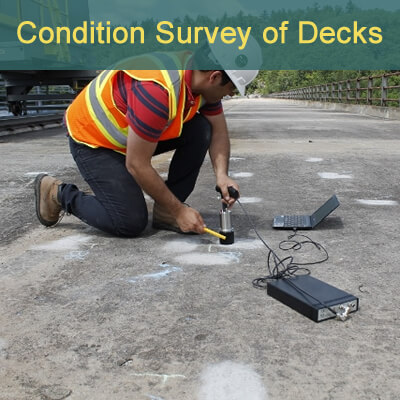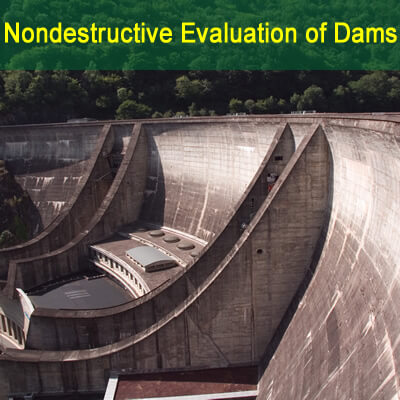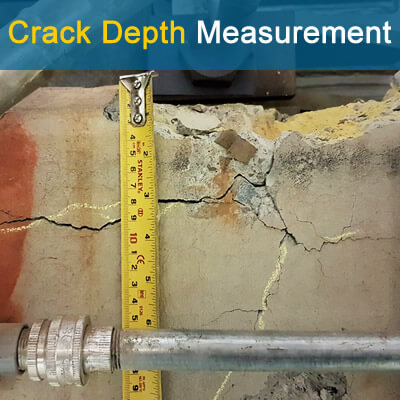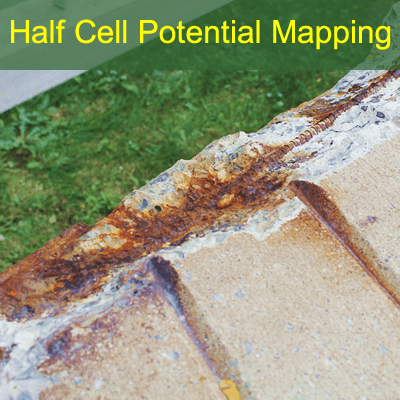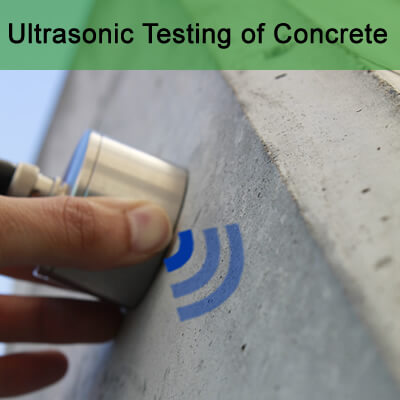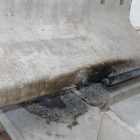NDT Methods for Evaluation of Parking Garages
Non-destrcutive Testing- NDT Methods for Evaluation of Parking Garages can help improve the quality of routine inspection and maintenance. Parking garages require routine inspection and maintenance to ensure they remain safe and operational. Weather it is a public parking in extremely busy downtown areas, or a private




